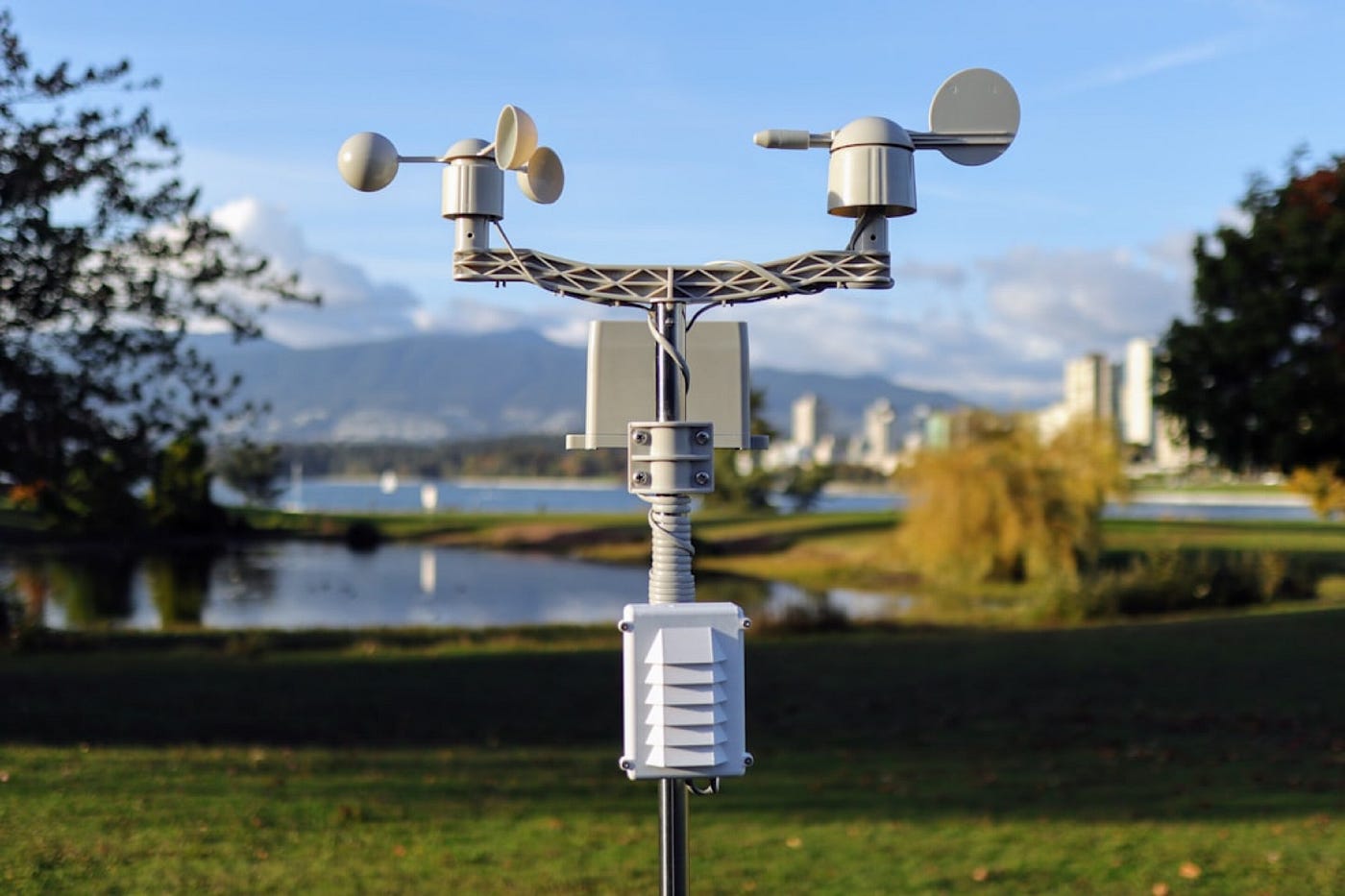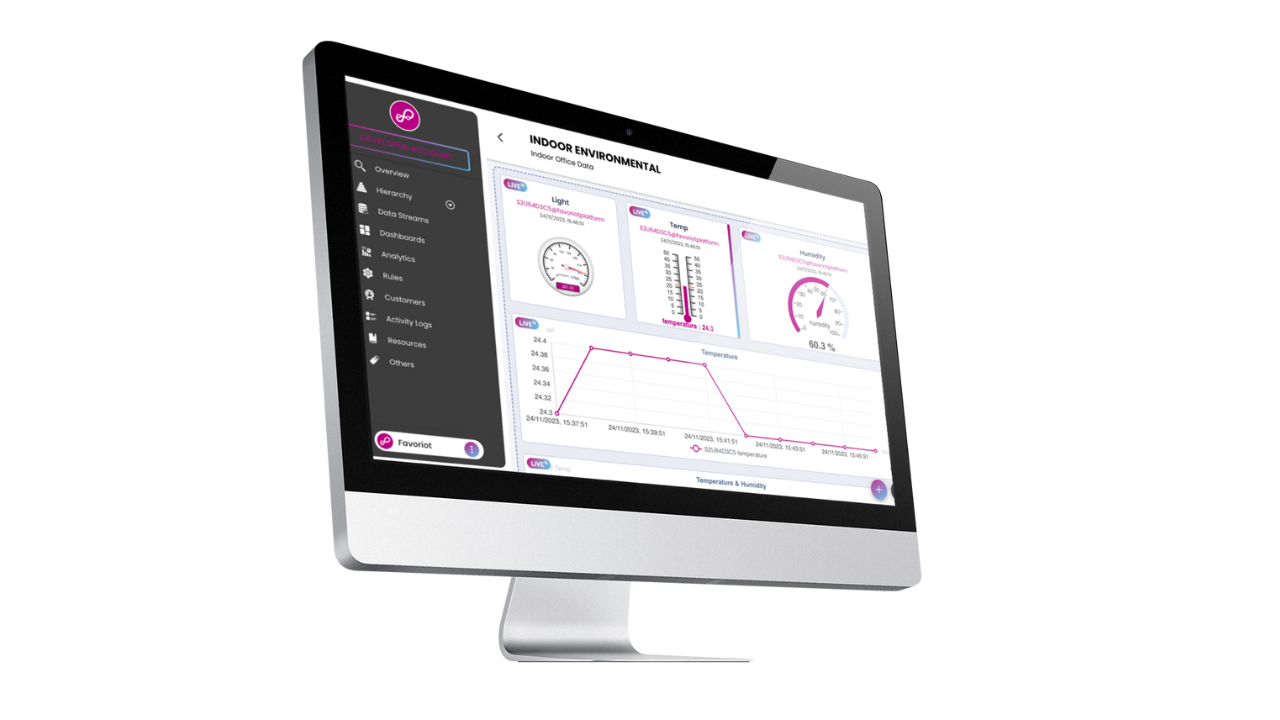
Why do Smart Cities Require an IoT Platform?
April 30th, 2024 Posted by favoriotadmin BLOG, SMARTCITY 0 thoughts on “Why do Smart Cities Require an IoT Platform?”Local councils often grapple with an array of complex issues that impede progress.
Without integrating Smart City IoT platforms, these problems are magnified, threatening the very fabric of efficient and sustainable city management.
While diverse, I have observed that these challenges share a common root in the absence of advanced technological integration.
Integration Woes
The first area for improvement is integrating new technologies with the existing infrastructure.
In my experience, this often results in a patchwork of solutions that fail to communicate effectively with one another, leading to a fragmented system fraught with inefficiencies and disjointed services.
This stifles innovation and engenders frustration among stakeholders striving for progress.
Scalability Strains
As urban areas expand, the need for services to grow in tandem becomes evident.
Without the flexibility offered by IoT platforms, scaling up to meet the demands of urban growth becomes a Herculean task.
The strain on the existing systems can lead to a potential degradation in the quality of services provided to the community, affecting the reputation and trust in local governance.
The Great Divide — Communication Barriers
A profound challenge lies in the administrative body’s need for unified communication channels.
Siloed departments result in a fragmented flow of information, thereby crippling the coordination of city services.
This issue becomes critically pronounced in emergencies where a seamless response is crucial for the well-being of citizens.
Inefficiency in Resource Management
Another central pain point is the inefficient use of resources.
I’ve witnessed local councils battle rising operational costs and inefficiencies in service delivery due to the lack of IoT platforms.
The laborious task of maintaining disparate systems and databases independently is both time-consuming and costly.
The Data Dilemma: Inadequate Utilization
The inability to utilize the data collected effectively can be a major setback.
Without robust data integration and analysis capabilities, real-time monitoring and informed decision-making remain a far-fetched dream, leaving councils a step behind in understanding and reacting to the needs of their city.
Complexities in Device Management
Managing an increasing array of devices and sensors spread across the urban landscape is an overwhelming task when handled manually.
The complexities and time demands of such an undertaking are significant, often requiring a disproportionate allocation of resources that could be better utilized elsewhere.

Security — The Invisible Threat
The vulnerability of a city’s infrastructure without IoT platforms is alarming.
Enforcing consistent security policies across all devices and systems becomes a daunting challenge, exposing the network to potential cyber-attacks and unauthorized access to sensitive information.
The Path to Smart City Transformation
Acknowledging these challenges is the first step toward transformation.
As we delve into the intricacies of each problem, the opportunity for technological intervention becomes increasingly apparent.
Smart City IoT platforms are a great solution, offering a pathway to a more interconnected, scalable, and secure urban environment.
Envisioning a Connected Future
As a decision-maker within a local council, envisioning a connected future is not merely aspirational; it’s essential for the progression of our city’s heartbeat.
A Smart City IoT Platform is not just a tool — it’s the bridge to this future.
It promises to bind disparate elements into streamlined services, optimized resources, and empowered decision-making.
The transition to such a platform is the catalyst for urban revitalization.
Adopting Smart Solutions
Confronted with the daunting list of challenges, our council has to take definitive action.
Implementing a Smart City IoT Platform is not a luxury — it’s a necessity.
We must leverage this technology into a cohesive and resilient network.
Crafting Cohesion through Technology
Integration no longer has to be a struggle.
With a Smart City IoT Platform, disparate systems can seamlessly mesh, improving efficiency and service delivery.
Our existing infrastructure can be augmented and made future-proof, ready to accommodate new technologies without disrupting past endeavors.
Scaling Up with Confidence
Scalability becomes manageable with IoT platforms.
These systems are designed for flexibility, enabling us to expand services as the city flourishes without compromising quality or performance.
This means keeping pace with growth and fostering an environment where innovation thrives.
Enhancing Communication for Effective Governance
Communication barriers are dismantled with the adoption of a unified platform.
Information flows freely between departments, enabling data sharing that supports coordinated efforts across all city services.
In emergencies, this could mean the difference between chaos and order.
Optimizing Resources for Sustainability
IoT platforms that optimize resource use and improve city service efficiency can address resource management inefficiencies.
Through intelligent resource utilization, not only can operational costs be reduced, but the environmental impact of our urban center can also be lessened.
Harnessing Data for Smarter Decisions
With robust data integration and analysis capabilities, we move from being reactive to proactive.
Decision-making becomes data-driven, with real-time monitoring allowing us to respond swiftly and intelligently to various urban scenarios.
Simplifying Complexity in Device Management
The complexity of device management becomes a thing of the past as we embrace remote management of an array of devices and sensors.
This saves time and resources and ensures that our city’s infrastructure remains cutting-edge and fully functional.
Fortifying Security in a Digital Age
Lastly, the heightened security vulnerability can be mitigated.
IoT platforms enforce stringent security policies across all devices and systems, safeguarding our city’s data and infrastructure from cyber threats and ensuring the privacy and trust of our citizens.

Building the Cities of Tomorrow, Today
By acknowledging our shortcomings and decisively implementing a Smart City IoT Platform, the council can commit to transforming our city into a more efficient, sustainable, and secure city.
The benefits are clear, the technology is available, and the time is now.
We’re not just solving today’s challenges — we’re laying the groundwork for the cities of tomorrow.
Favoriot offers a Smart IoT Platform on the public cloud or enterprise-based (on-premise). To know more, schedule an appointment with Favoriot.
Click here for more stories about IoT and Smart Cities.
This article, “Why do Smart Cities Require an IoT Platform?,” was originally published in Medium.




